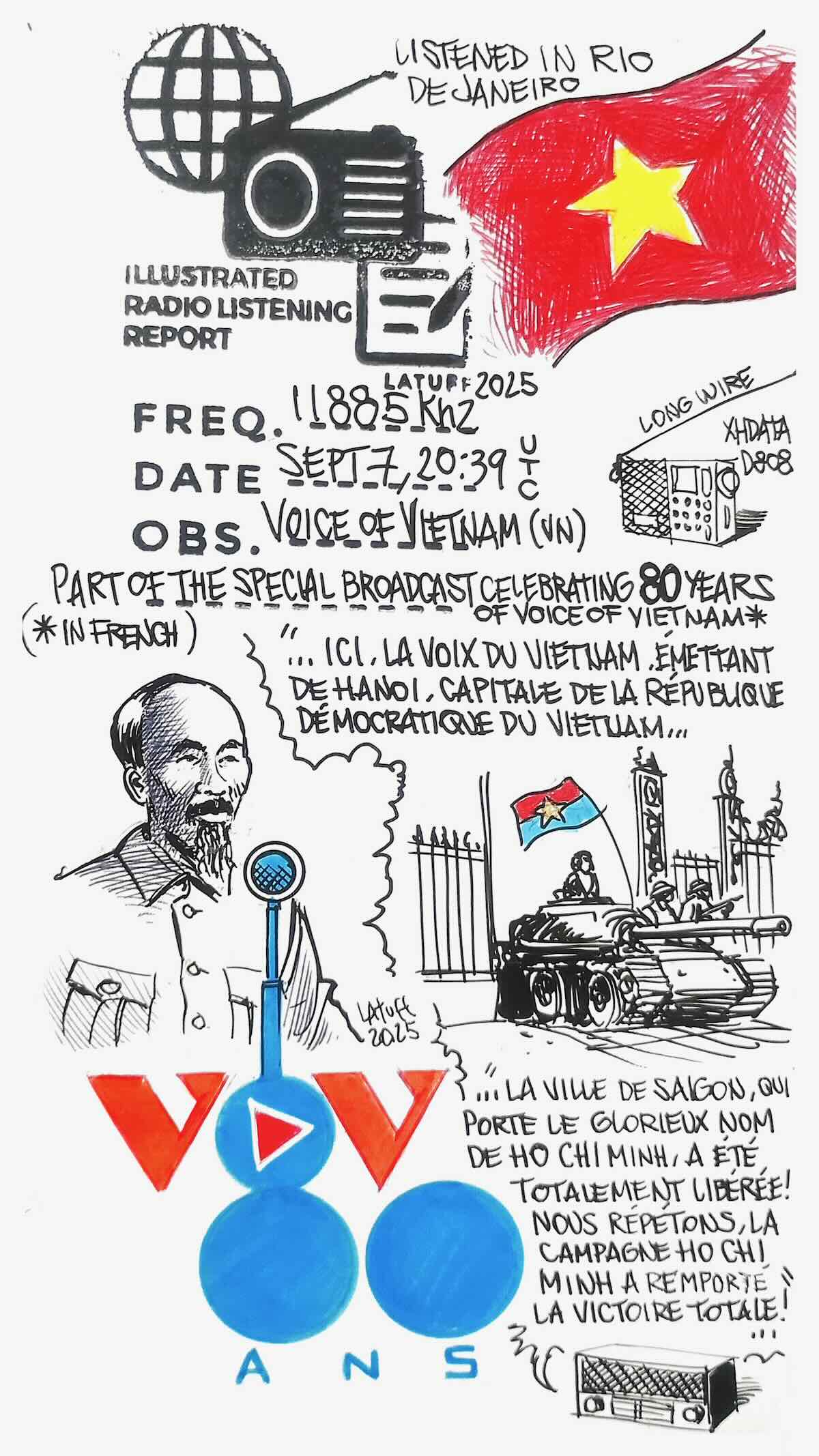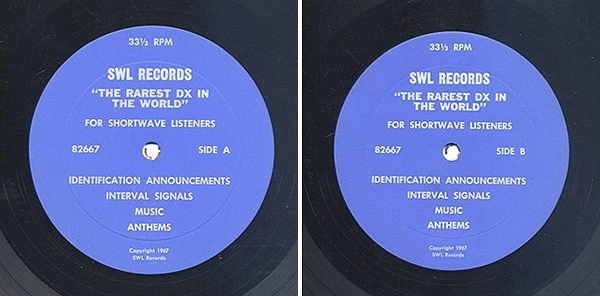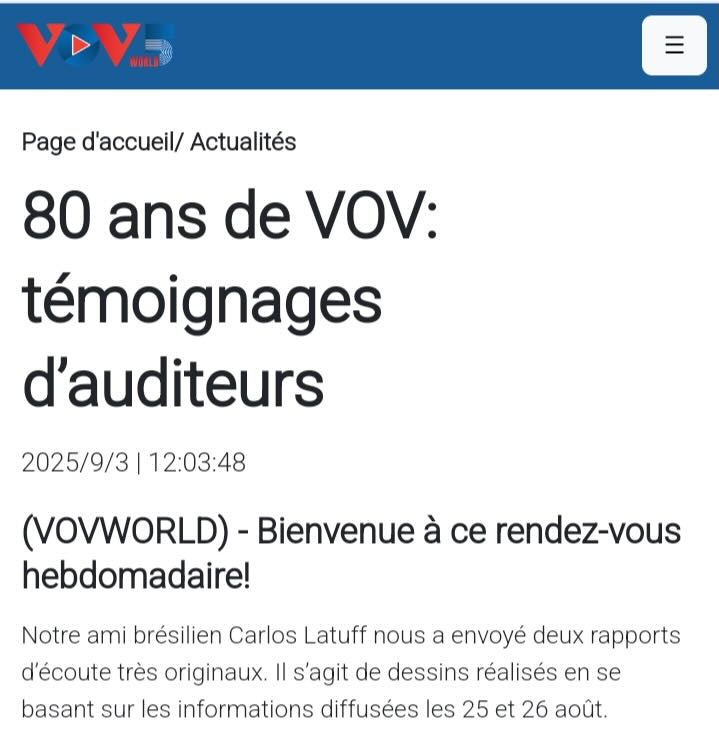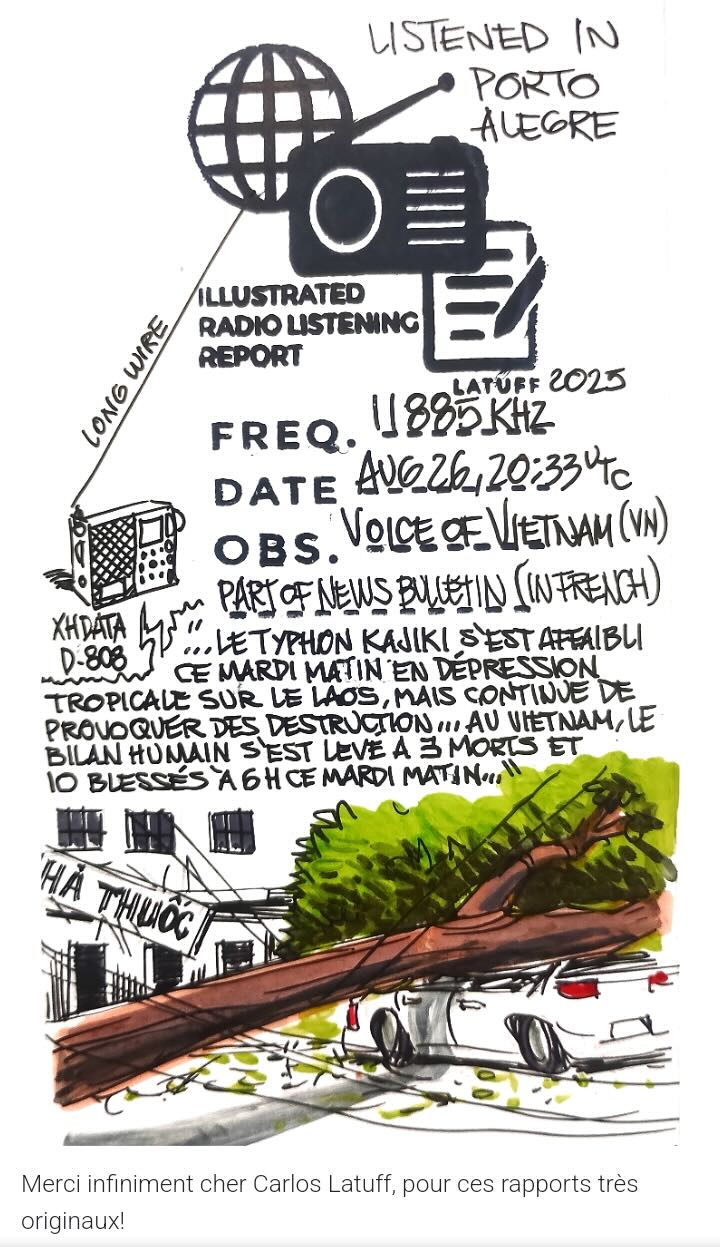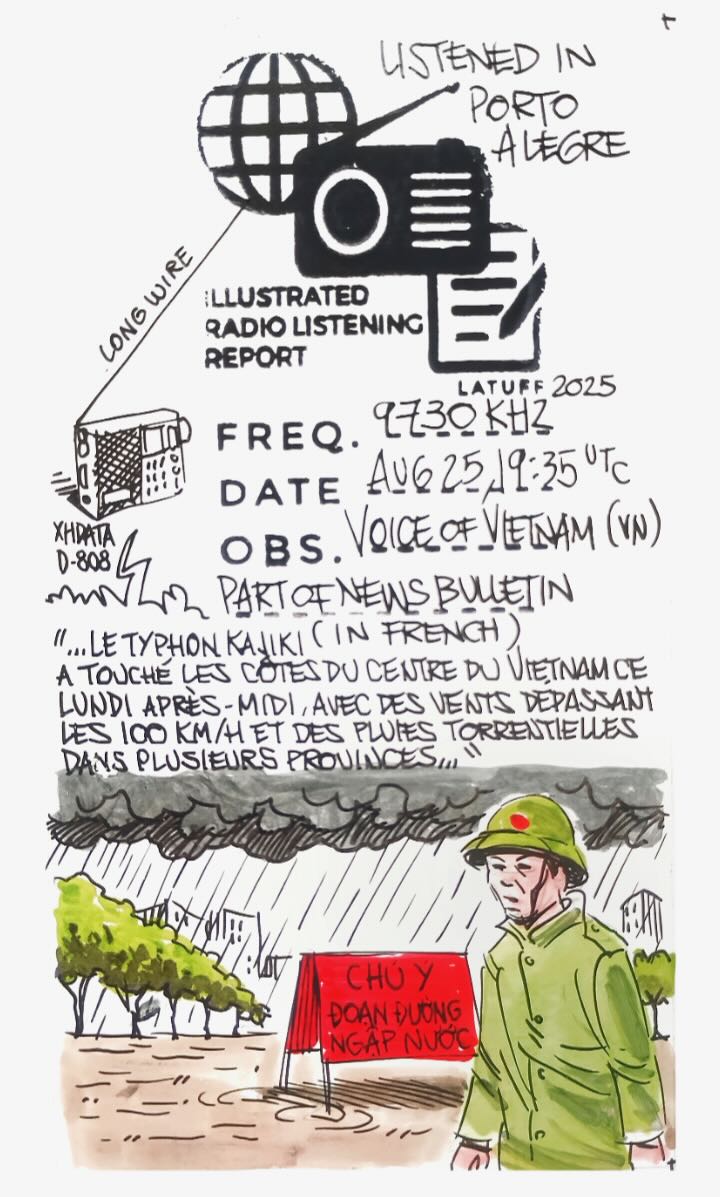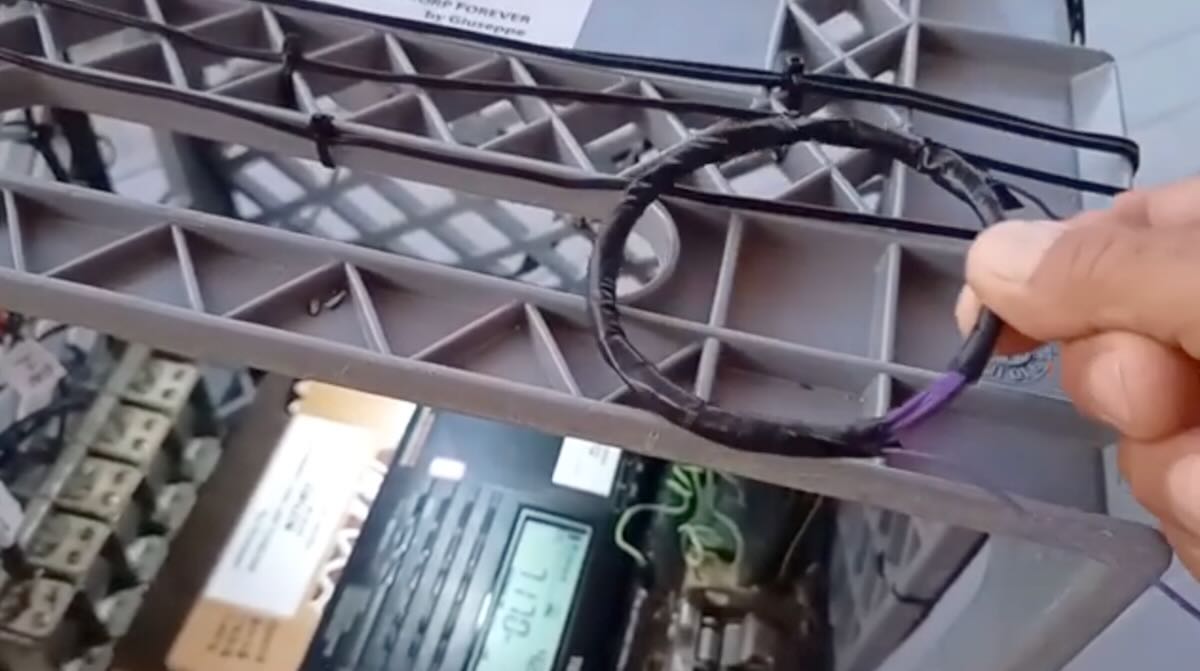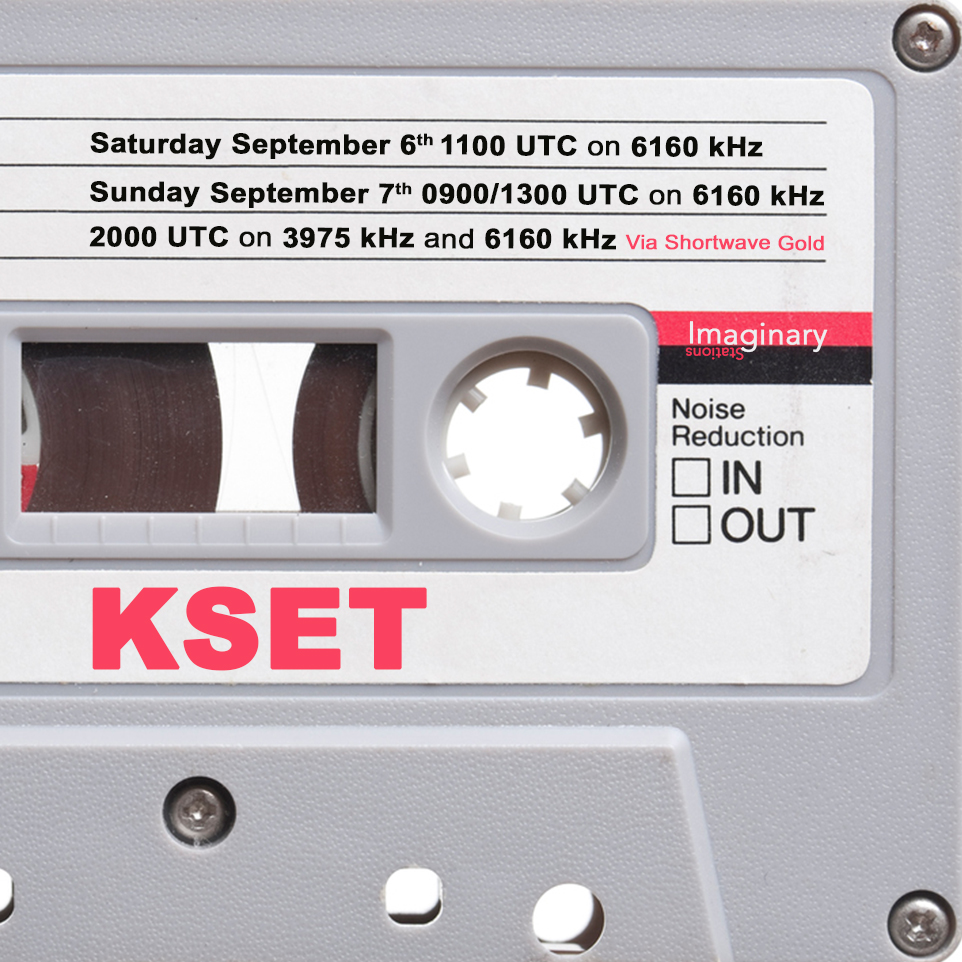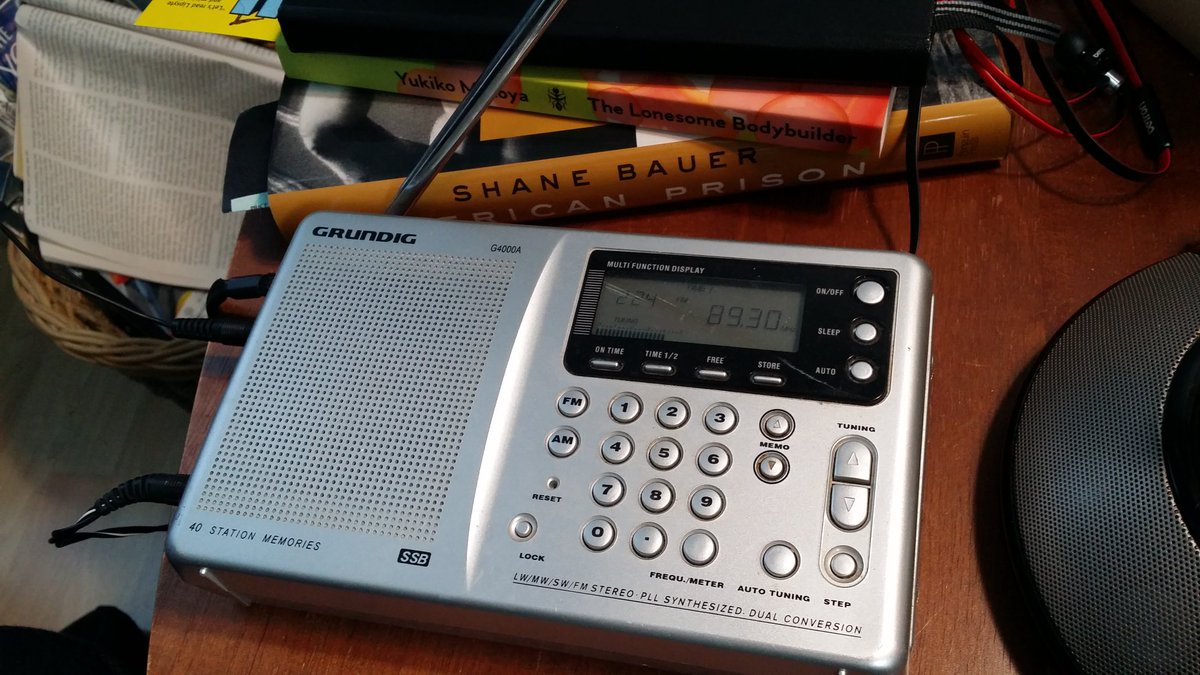
(Source: The Herculodge)
Many of you long-time SWLing Post readers may also be followers of my good friend Jeff McMahon’s blog, The Herculodge. Since 2006, Jeff has been writing thoughtful, candid, and often entertaining and cheeky posts about radios, reviewing countless models, and chronicling his fascination with radio.
Sadly, with the pending demise of Typepad on September 30, 2025, The Herculodge will finally be shutting down. Jeff mentioned to me that he kept the blog online in its basic mode for many years, even after posting less frequently, because it still served as a rich archive of his radio reviews and thoughts—and because so many of us in the community (myself included) still referenced it.
Jeff recently published a piece reflecting on the end of Typepad. You can read his farewell post here: Typepad R.I.P. — Obituary for a Dinosaur
Although The Herculodge will disappear, Jeff continues to write at his current site: Cinemorphosis. As he notes, Cinemorphosis focuses more on literary, cultural, and philosophical topics—not specifically radio—but he hasn’t ruled out posting the occasional review or reflection about his long-standing radio obsession.
For those of us who have enjoyed and benefited from Jeff’s writing over the years, The Herculodge will be missed. Thank you, Jeff, for nearly two decades of radio insights, humor, and thoughtful commentary!
And, hey, Jeff—don’t be a stranger around here!

